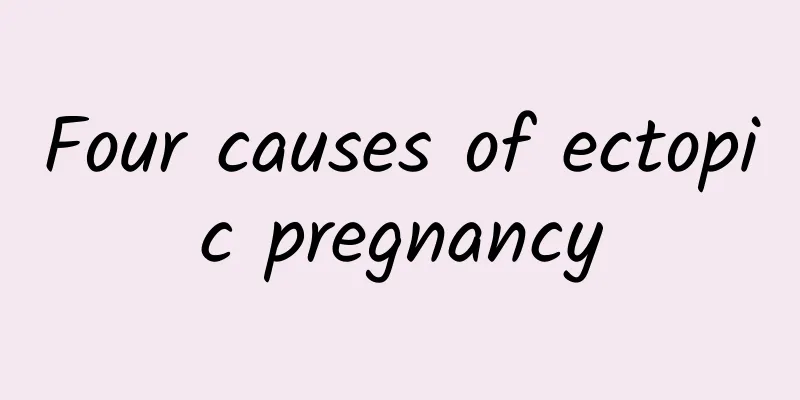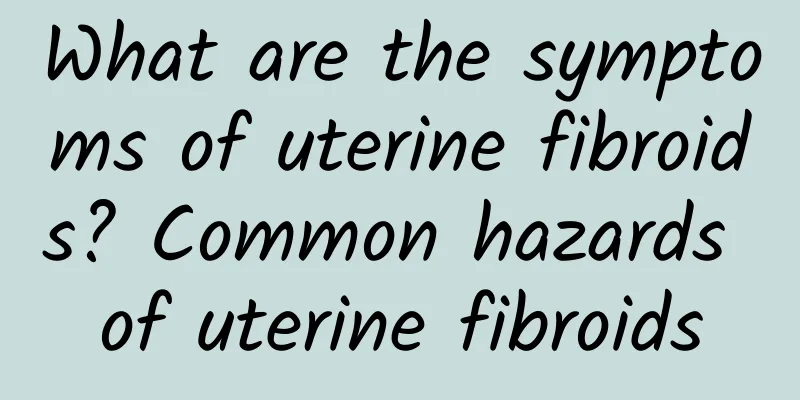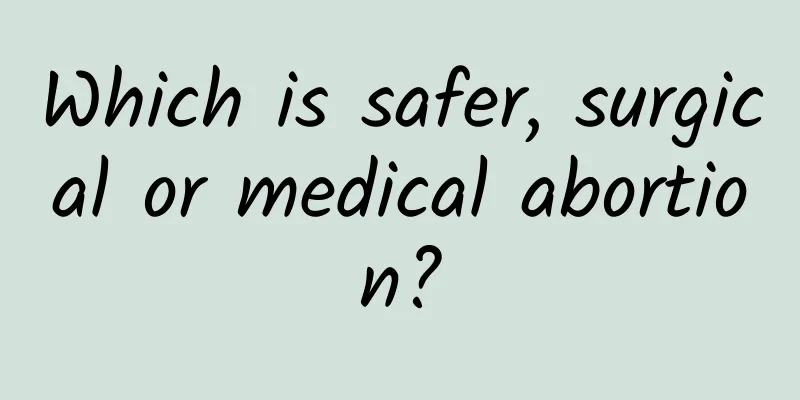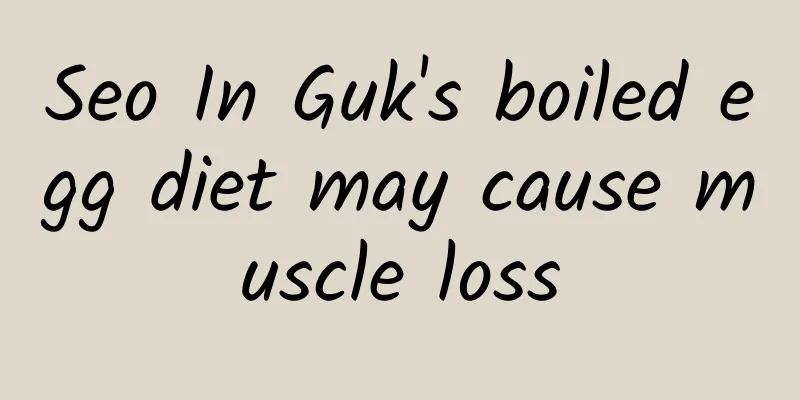What should I do if I have multiple uterine fibroids? Are there obvious symptoms of multiple uterine fibroids?
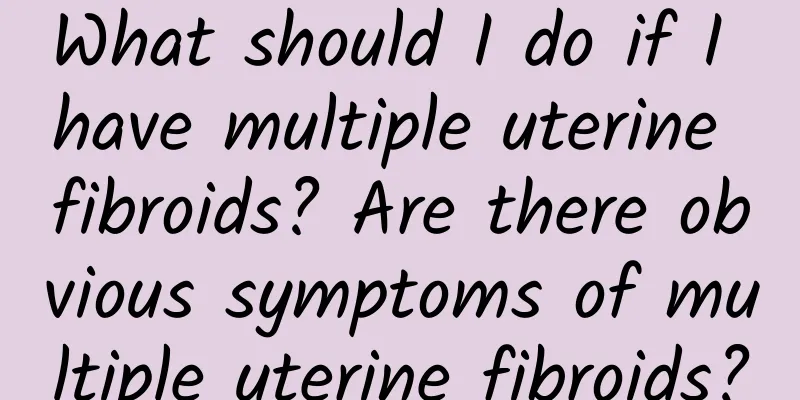
|
Uterine fibroids are one of the common genital diseases in women of childbearing age. They are benign tumors that occur frequently between the ages of 35 and 50. According to statistics, about 20% of patients have multiple uterine fibroids. The same type of fibroids can occur simultaneously in the same uterus, which is called multiple uterine fibroids. Mild uterine fibroids have no obvious symptoms and are often seen in gynecological examinations. Many clinical cases do not require special treatment, and the uterine fibroids of some patients will automatically disappear with the end of menstruation. What are the symptoms of multiple uterine fibroids? Clinically, patients have obvious menstrual changes, such as shortened cycle, increased menstrual volume, prolonged menstruation, irregular vaginal bleeding, etc.; increased leucorrhea, or the production of a large amount of pus and slough tissue; the growth of fibroids compresses the surrounding tissues, leading to frequent urination, dysuria, urinary retention, constipation or lower limb edema; no abdominal pain, but symptoms such as lower abdominal swelling and back pain; it can also lead to infertility and secondary anemia. How to treat multiple uterine fibroids? Non-surgical treatment first refers to drug treatment, but it is only suitable for women who are going through menopause quickly, because these drugs tend to suppress estrogen and can indeed shrink fibroids, but discontinuation of the drug can easily lead to recurrence. In addition, the treatment of multiple uterine fibroids needs to be determined according to the specific morphology of the fibroids. Generally speaking, among multiple fibroids, if the largest diameter is less than 5cm, if there are frequent menstruation or menorrhagia, regular review and conservative treatment can be performed. However, if the largest tumor diameter is greater than 5cm and the symptoms are severe, surgery is required. Clinically, doctors generally recommend surgical resection for patients with severe conditions. But many patients are unwilling to undergo hysterectomy. However, clinically, recurrence after multiple uterine fibroid resection accounts for 30% and 4%, and most relapses after 5 years. Patients under 30 years old or with multiple fibroids are more likely to relapse, exceeding 50%. Therefore, "resection" does not solve the fundamental problem of multiple uterine fibroids. How to properly care for the postoperative period and regular follow-up are extremely important. Multiple uterine fibroids account for more than 40% of all uterine fibroids. If multiple uterine fibroids occur, a comprehensive assessment is required based on the patient's specific circumstances and wishes, followed by personalized treatment. |
>>: When do multiple uterine fibroids need treatment? Treatment of multiple uterine fibroids
Recommend
Can the symptoms of allergic vaginitis be found?
Vaginitis is a disease that women hate very much,...
How to take care of amenorrhea?
Some women in life have amenorrhea at an early ag...
What are the dangers of pelvic peritonitis in women?
What are the dangers of pelvic peritonitis in wom...
Does adenomyosis need treatment?
Do you know that adenomyosis without pain needs t...
Eat tofu to slim your hips and lose weight, it is great with vegetables
There are many benefits to eating tofu. Studies h...
What are the dangers of menopause?
Female friends should have heard of menopause. Du...
Excessive cleaning can also lead to the cause of cervical erosion
Cervical erosion is a common female disease, and ...
What are the causes of cervicitis?
What are the causes of cervicitis? Cervicitis is ...
What is an artificial vagina? What does an artificial vagina do?
What is an artificial vagina and who needs one? W...
Is premature ovarian failure and amenorrhea caused by vascular obstruction?
Is premature ovarian failure and amenorrhea cause...
Is it useful to take Xinsheng Chemical Granules if I have irregular menstruation?
Is it useful to take Xinsheng Chemical Granules i...
Let's take a detailed look at the symptoms of cervicitis patients
Cervicitis can be divided into chronic and acute ...
What are the medications for cervicitis?
The issue of medication for cervicitis has always...
Do you know the consequences of improper abortion?
Do you know the harm of improper abortion? Some s...
How to quickly relieve vulvar itching?
The causes of vulvar itching are different, and t...
